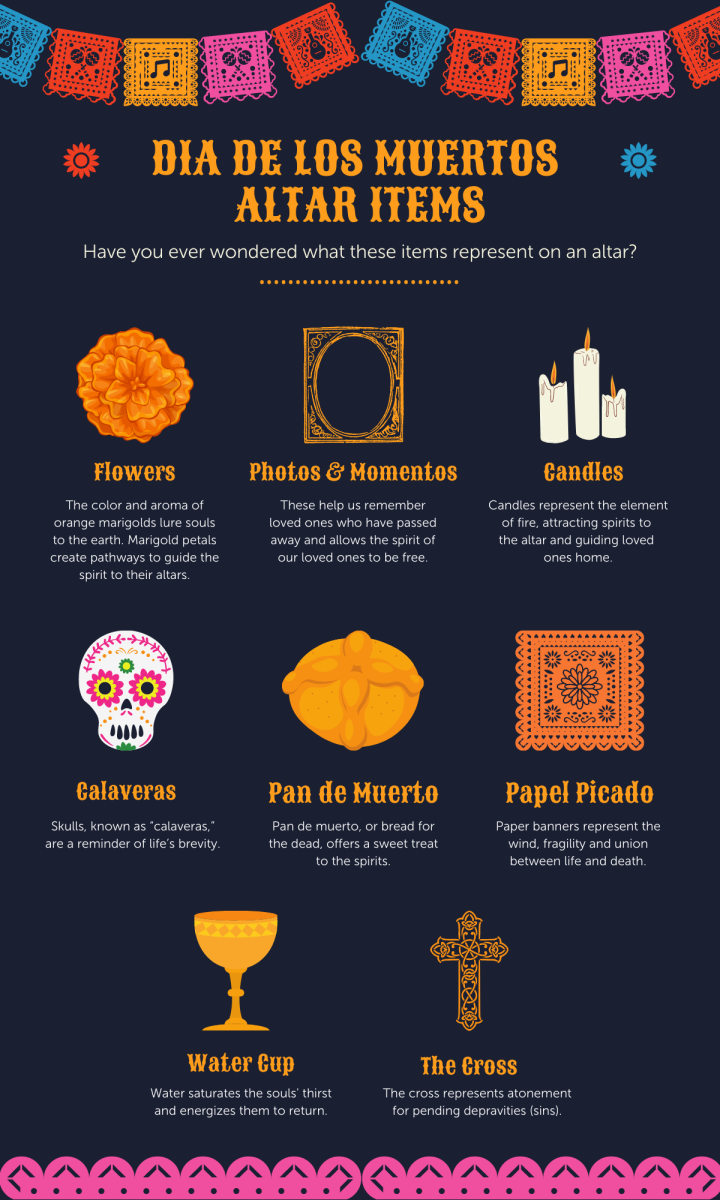Throughout recorded history, humankind has often instituted ways to honor friends and family who are no longer among us.
When honoring past loved ones, we use words like culture, tradition and belief to embody behaviors and activities handed on from one generation to the next.
How do you honor and reminisce about the good times you had with your family and friends that have passed on?
Many of us will often place the memory of our loved ones on a symbolic platform, monument or shrine after they have passed. As in many cultures around the world, Mexican traditionalists honor their loved ones with an “Altar de Muertos,” an altar of the deceased during a celebration called Día de los Muertos, The Day of the Dead.
Celebration of Life and Reunification
The Day of the Dead (Día de los Muertos), is a Mexican holiday where families welcome back the souls of their deceased relatives for a short reunion that includes food, drink and celebration. A blend of Mesoamerican ritual, European religion and Spanish culture, the holiday is celebrated each year from Oct. 31-Nov. 2.
Origins of Day of the Dead
The roots of the Day of the Dead, celebrated in contemporary Mexico and among those of Mexican heritage in the United States and around the world, go back some 3,000 years, to the rituals honoring the dead in pre-Columbian Mesoamerica. The Aztecs and other Nahua people living in what is now central Mexico held a cyclical view of the universe, and saw death as an integral, ever-present part of life.
A Symbolic Platform
When observing an “Altar de Muertos” during the Día de los Muertos festivities, you may notice a familiar trend in the arrangement. Traditionally, an altar includes marigold flowers, photographs of past loved ones, Mexican sweet bread, sugar skulls, paper mâché and other treats.

About the Author
Joe Osejo has been a valuable member of the Valley Children’s Interpreter Services team for the past 13 years. He has assisted patients and their families with Spanish-language interpreting needs for more than 21 years of his career. Joe feels that interpreting for Spanish speaking families is a way to serve and give back to his community. He is passionate about historical fiction, poetry and fine art photography.